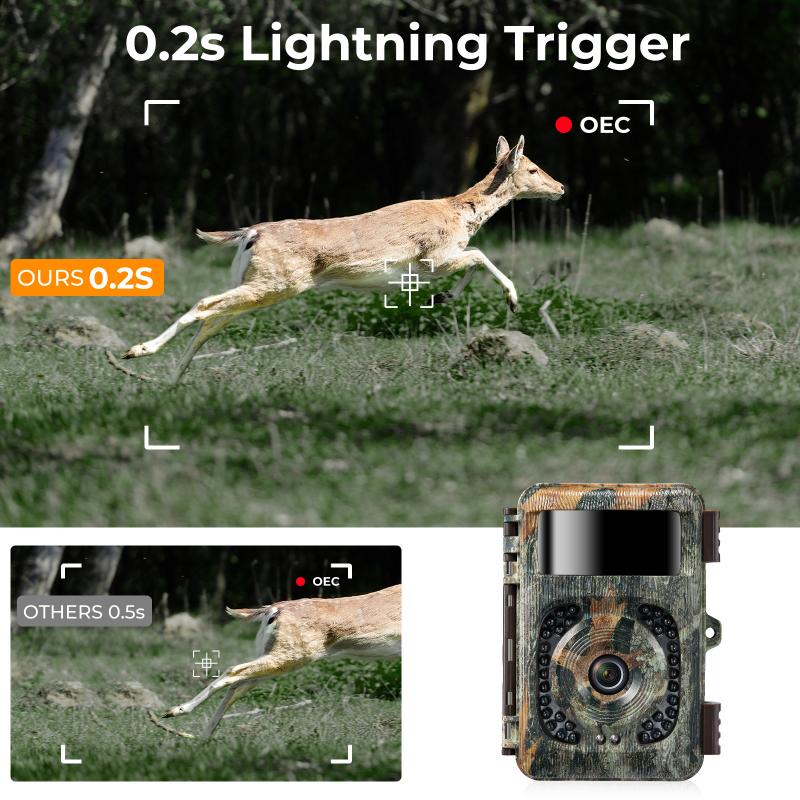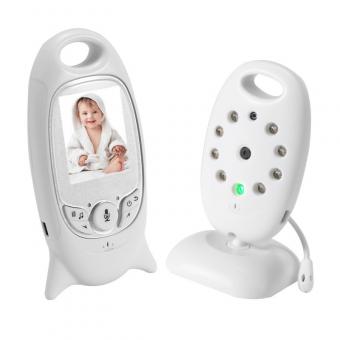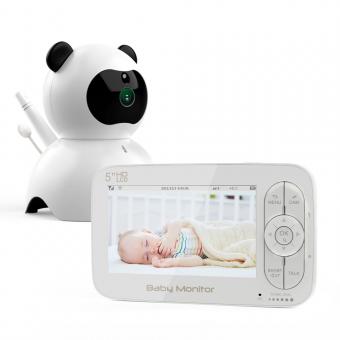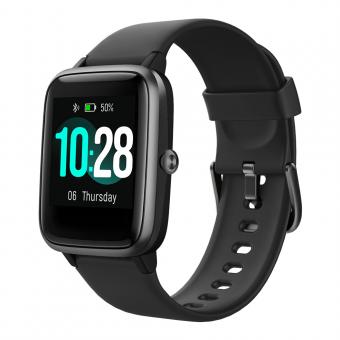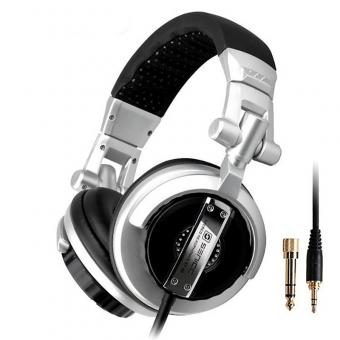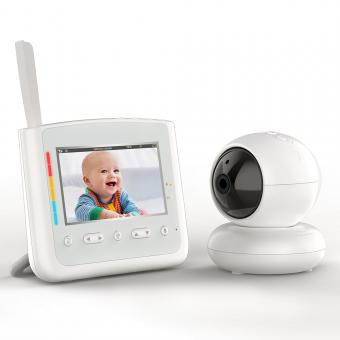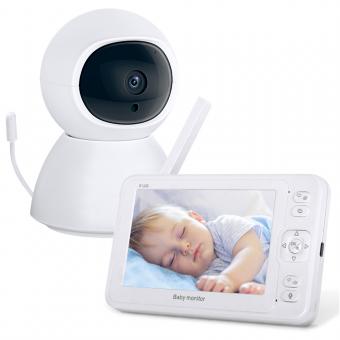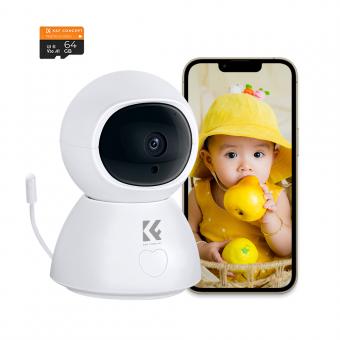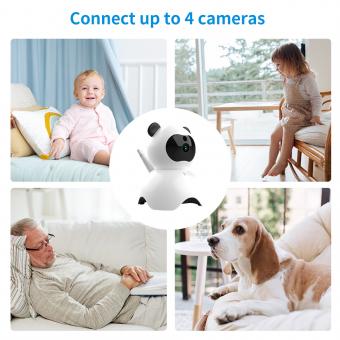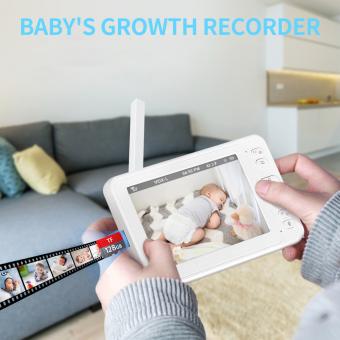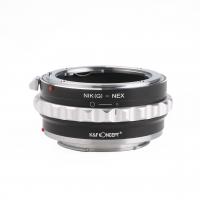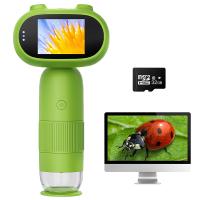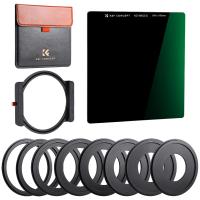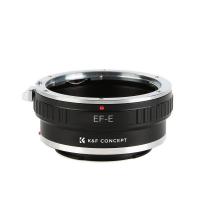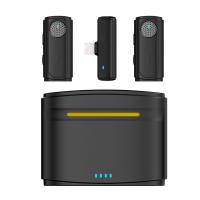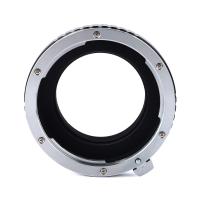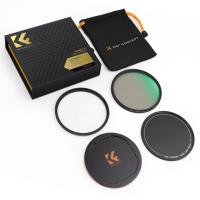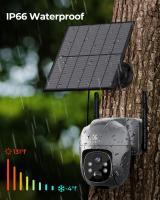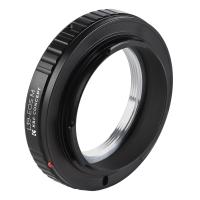How To Choose A Baby Monitor ?
When choosing a baby monitor, consider the range, battery life, and features. Look for a monitor with a range that covers the distance between your baby's room and where you will be using the monitor. Battery life is also important, especially if you plan to use the monitor for extended periods of time. Features to consider include video and audio quality, night vision, and the ability to remotely control the camera. Some monitors also offer additional features such as temperature monitoring and lullabies. It's also important to consider the price and any additional costs such as subscription fees for cloud storage. Ultimately, choose a monitor that meets your specific needs and budget.
1、 Audio vs. Video Monitors
How to Choose a Baby Monitor:
When it comes to choosing a baby monitor, there are a few key factors to consider. First and foremost, you'll want to decide whether you want an audio or video monitor. Audio monitors are typically less expensive and can be a good choice if you're on a budget or don't need to see your baby at all times. Video monitors, on the other hand, allow you to see and hear your baby, which can be reassuring for some parents.
Other factors to consider when choosing a baby monitor include range, battery life, and additional features such as temperature monitoring and two-way communication. You'll also want to think about the size and portability of the monitor, as well as any potential interference from other devices in your home.
Ultimately, the best baby monitor for you will depend on your individual needs and preferences. Some parents may prefer a simple audio monitor, while others may want the added peace of mind that comes with a video monitor. It's important to do your research and read reviews from other parents before making a decision.
Audio vs. Video Monitors:
When it comes to choosing between an audio and video baby monitor, there are pros and cons to both options. Audio monitors are typically less expensive and can be a good choice if you're on a budget or don't need to see your baby at all times. They're also less likely to be affected by interference from other devices in your home.
Video monitors, on the other hand, allow you to see and hear your baby, which can be reassuring for some parents. They also often come with additional features such as temperature monitoring and two-way communication, which can be helpful for soothing your baby from another room.
However, some parents may find that video monitors are too distracting or anxiety-inducing, as they may feel the need to constantly check on their baby. Additionally, video monitors tend to be more expensive than audio monitors and may be more susceptible to interference from other devices.
Ultimately, the decision between an audio and video monitor will depend on your individual needs and preferences. Some parents may prefer the simplicity and affordability of an audio monitor, while others may want the added peace of mind that comes with a video monitor. It's important to weigh the pros and cons of each option and choose the one that works best for you and your family.
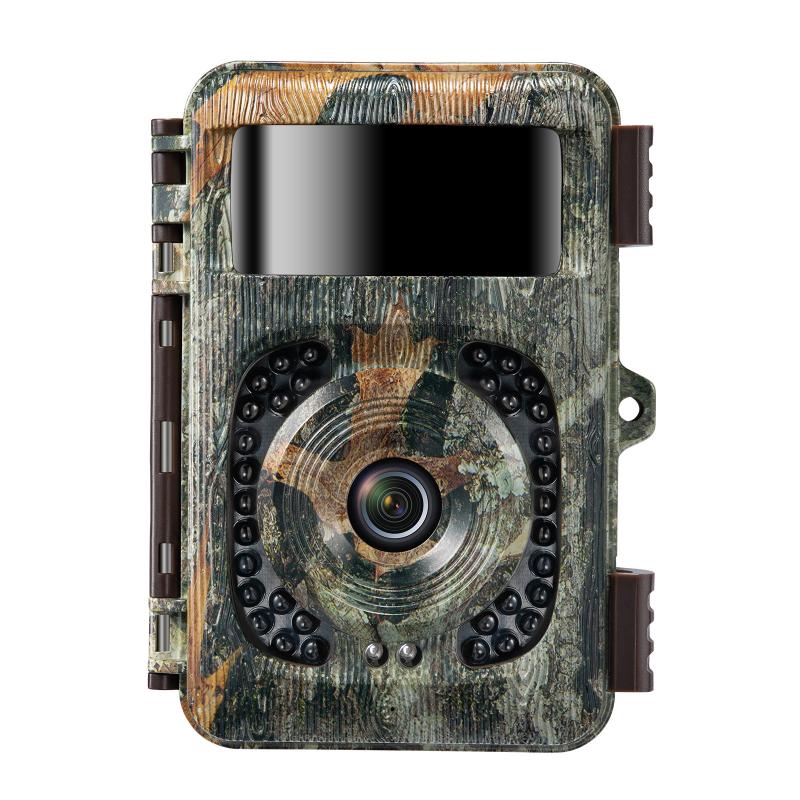
2、 Range and Signal Strength
How to choose a baby monitor? One of the most important factors to consider is the range and signal strength of the monitor. This is because you want to ensure that you can hear and see your baby clearly, no matter where you are in your home.
When it comes to range, you should look for a monitor that has a range of at least 300 feet. This will allow you to move around your home and still be able to hear and see your baby. However, keep in mind that the range can be affected by walls and other obstacles, so it's important to test the monitor in your home before relying on it.
In terms of signal strength, you should look for a monitor that has a strong and clear signal. This will ensure that you can hear and see your baby without any interference or static. Some monitors use digital technology to provide a clear signal, while others use analog technology. Digital monitors tend to have a clearer signal, but they can be more expensive.
It's also important to consider the latest point of view when choosing a baby monitor. Many monitors now come with additional features such as video streaming, temperature sensors, and two-way communication. These features can provide added peace of mind and convenience for parents.
Ultimately, when choosing a baby monitor, it's important to consider your specific needs and preferences. By taking the time to research and compare different models, you can find a monitor that meets your needs and provides you with the peace of mind you need as a parent.
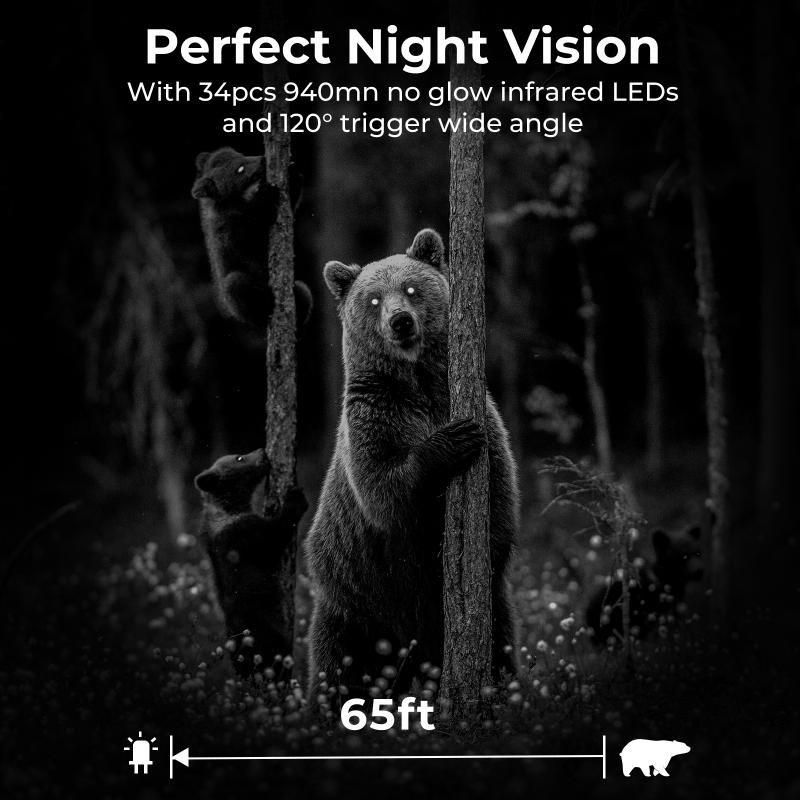
3、 Battery Life and Power Options
Battery Life and Power Options
When choosing a baby monitor, one of the most important factors to consider is battery life and power options. You want a monitor that will last throughout the night without needing to be charged or replaced. Look for monitors with rechargeable batteries that can last at least 8-10 hours on a single charge.
Another important consideration is the power source. Some monitors come with a power cord that needs to be plugged into an outlet, while others use batteries. Battery-powered monitors are more portable and can be used anywhere, but they require frequent battery replacements. On the other hand, monitors that use a power cord are more reliable and don't require battery replacements, but they are less portable.
The latest trend in baby monitors is the use of Wi-Fi and smartphone apps. These monitors use your home's Wi-Fi network to connect to your smartphone or tablet, allowing you to monitor your baby from anywhere. However, these monitors tend to have shorter battery life and can be more expensive than traditional monitors.
Ultimately, the best baby monitor for you will depend on your specific needs and preferences. Consider factors such as battery life, power options, and price when making your decision. It's also a good idea to read reviews and ask for recommendations from other parents to find the best monitor for your family.

4、 Night Vision and Low-Light Performance
Night Vision and Low-Light Performance is one of the most important factors to consider when choosing a baby monitor. This feature allows parents to monitor their baby even in low-light conditions or during the night. When choosing a baby monitor, it is important to look for one that has good night vision and low-light performance.
The latest baby monitors come with advanced night vision technology that provides clear and crisp images even in complete darkness. Some monitors use infrared technology to capture images in low-light conditions, while others use low-light sensors to provide clear images in dimly lit rooms.
When choosing a baby monitor, it is important to consider the size of the room where the baby will be sleeping. If the room is small, a monitor with basic night vision capabilities may be sufficient. However, if the room is large or has multiple areas that need to be monitored, a monitor with advanced night vision technology may be necessary.
Another important factor to consider is the resolution of the monitor. A higher resolution monitor will provide clearer images, making it easier to see and monitor the baby. Some monitors also come with zoom capabilities, allowing parents to get a closer look at their baby.
In addition to night vision and low-light performance, parents should also consider other features such as sound quality, range, battery life, and connectivity options. By considering all of these factors, parents can choose a baby monitor that meets their specific needs and provides peace of mind knowing that their baby is safe and secure.
